Planting Between Pavers – Using Ground Covers Around Pavers
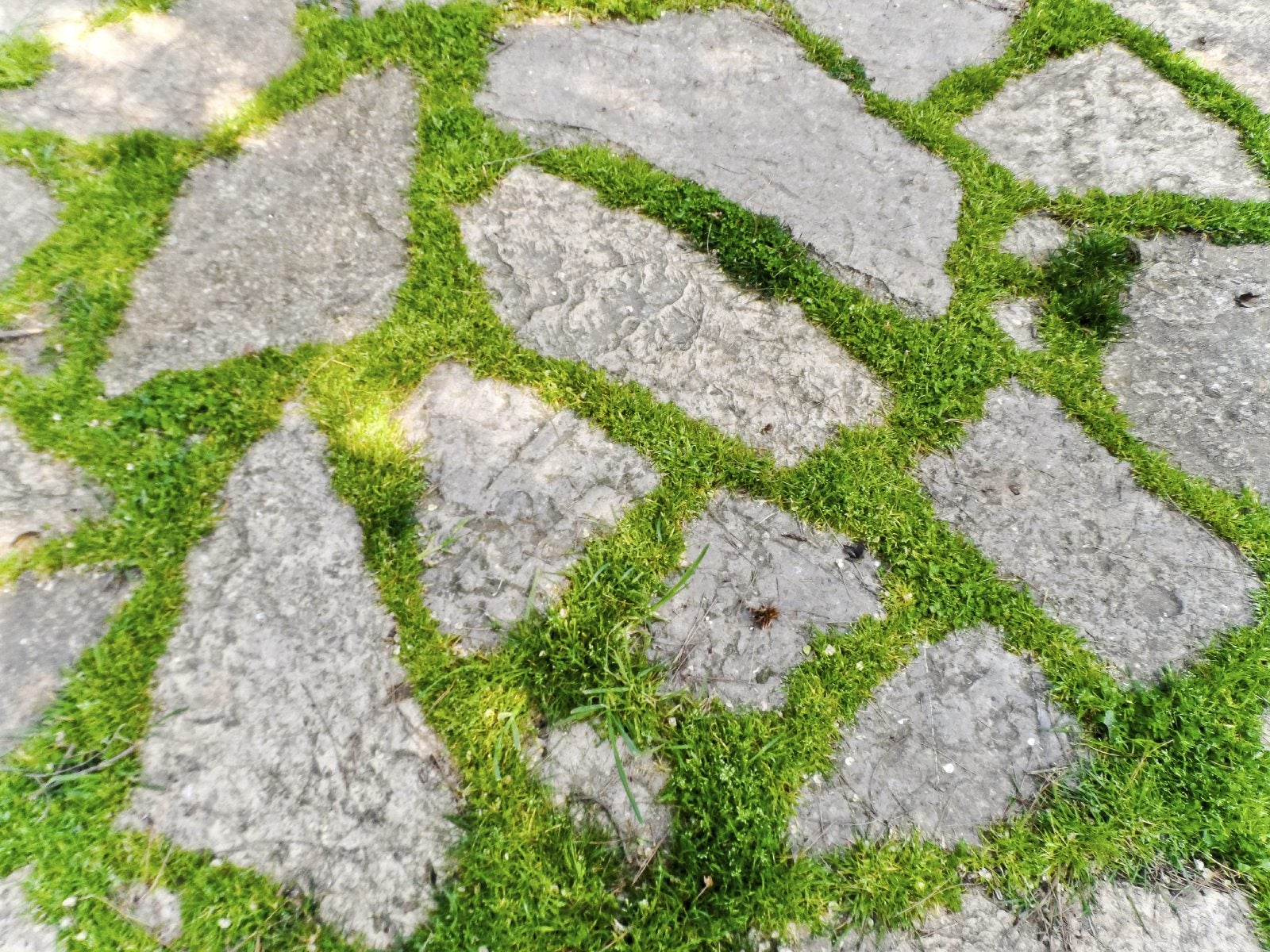

Using plants between pavers softens the look of your pathway or patio and keeps weeds from filling in bare spaces. Wondering what to plant? This article can help.
Planting Between Pavers
When using groundcovers around pavers, you want them to meet several criteria. Look for plants that are tough so you don’t have to tiptoe around them. Choose short plants that won’t obstruct your path, and plants that are suited to the current light exposure. Using plants that spread to fill the space around them make growing plants between pavers easier. Here are a few suggestions.
- Irish moss – Irish moss adds soft, spongy texture to paths in shady areas. Only a couple of inches (5 cm.) tall, it doesn’t create an obstruction. It’s usually sold in flats like sod. Just cut it to fit and lay it where you want it to grow. It is sometimes sold as Scottish moss.
- Elfin thyme – Elfin thyme is a miniature version of creeping thyme. It grows only an inch or 2 (2.5-5 cm.) tall, and you'll enjoy its pleasant fragrance. You can plant it in the sun, where it grows flat, or in the shade where it forms little hills. It bounces back after short periods of dry weather, but you'll need to water it if the dry weather lasts very long.
- Dwarf mondo grass – Dwarf mondo grass is a good choice for full or partial shade, and it is one of the few plants you can grow near black walnuts. The best dwarf mondo varieties for planting between pavers grow only an inch or 2 (2.5-5 cm.) tall and spread readily.
- Baby’s tears – Baby’s tears is another selection for shady locations. They are often sold as houseplants, but can also make wonderful little plants to grow within pavers. It isn’t for everyone because it only grows in USDA zones 9 and warmer. The pretty foliage forms mounds about 5 inches (13 cm.) tall.
- Dichondra – Carolina ponysfoot is a pretty little North American native and species of Dichondra that grows in sun or partial shade. It stands up to heat but needs a little watering during prolonged dry spells. It also needs a little fertilizer every spring to keep its bright color. This low-growing ground cover grows in all 48 states in the continental U.S. It features bright green, round leaves that spread to fill an area.
Gardening tips, videos, info and more delivered right to your inbox!
Sign up for the Gardening Know How newsletter today and receive a free copy of our e-book "How to Grow Delicious Tomatoes".

Jackie Carroll has written over 500 articles for Gardening Know How on a wide range of topics.
-
 Looking For Plants To Give You The Soft And Fuzzies? Try These 5 Fuzzy Leaf Plant Options
Looking For Plants To Give You The Soft And Fuzzies? Try These 5 Fuzzy Leaf Plant OptionsLovers of texture, drama, silver foliage and tactile plants will adore these special sensory garden additions. These fuzzy leaf plant options will leave you all aglow
By Susan Albert
-
 Get Ready For A Summer Of Hummers! Grow These Full Sun Hummingbird Plants and Flowers
Get Ready For A Summer Of Hummers! Grow These Full Sun Hummingbird Plants and FlowersIf you’re lucky enough to enjoy a sunny backyard, make sure you are maxing out on your pollinator opportunities and grow these full sun hummingbird plants and flowers
By Tonya Barnett
-
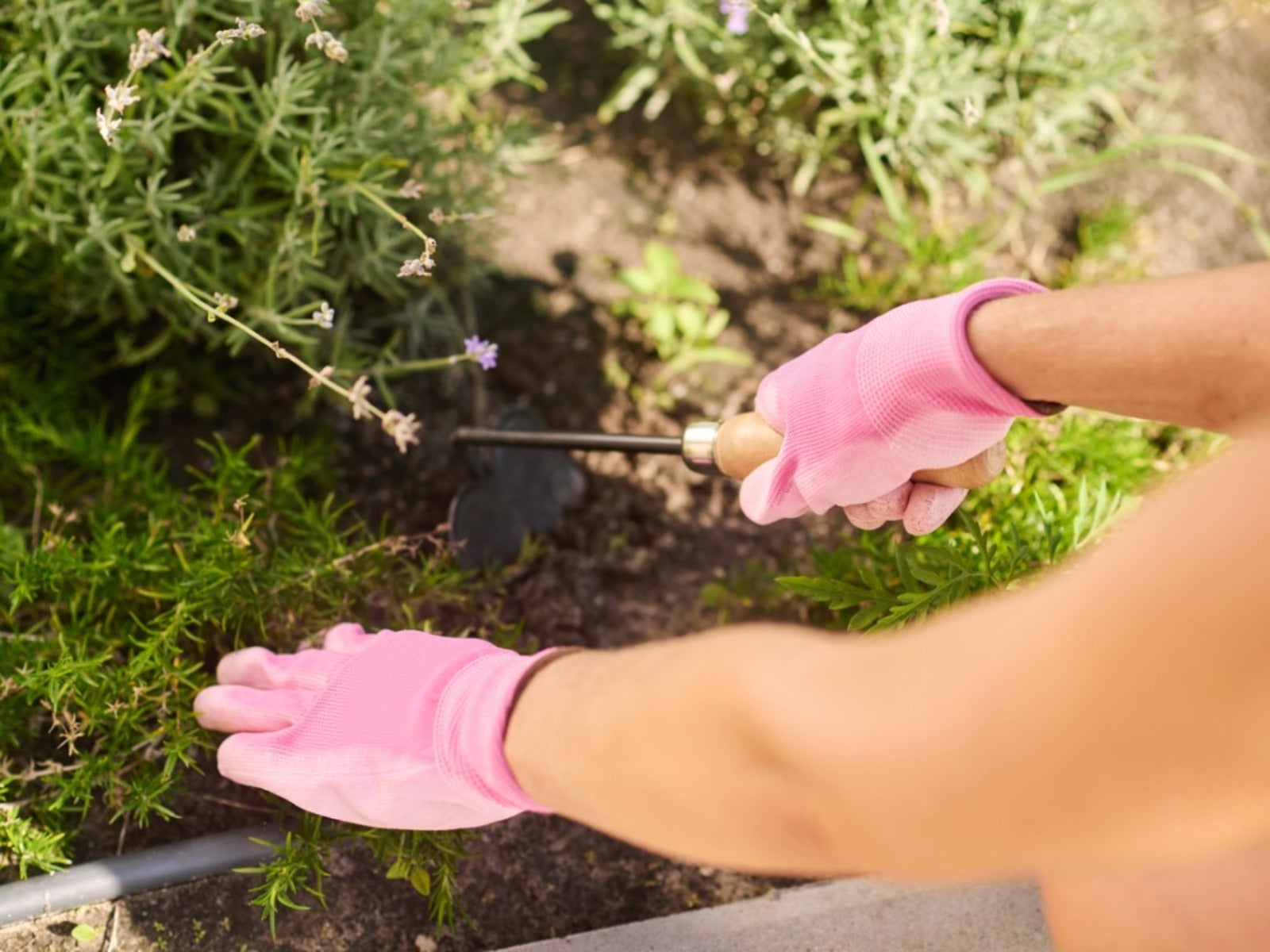 How To Control Weeds In Groundcover Areas Of The Garden
How To Control Weeds In Groundcover Areas Of The GardenClick here for tips on controlling weeds in groundcover garden areas.
By Bonnie L. Grant
-
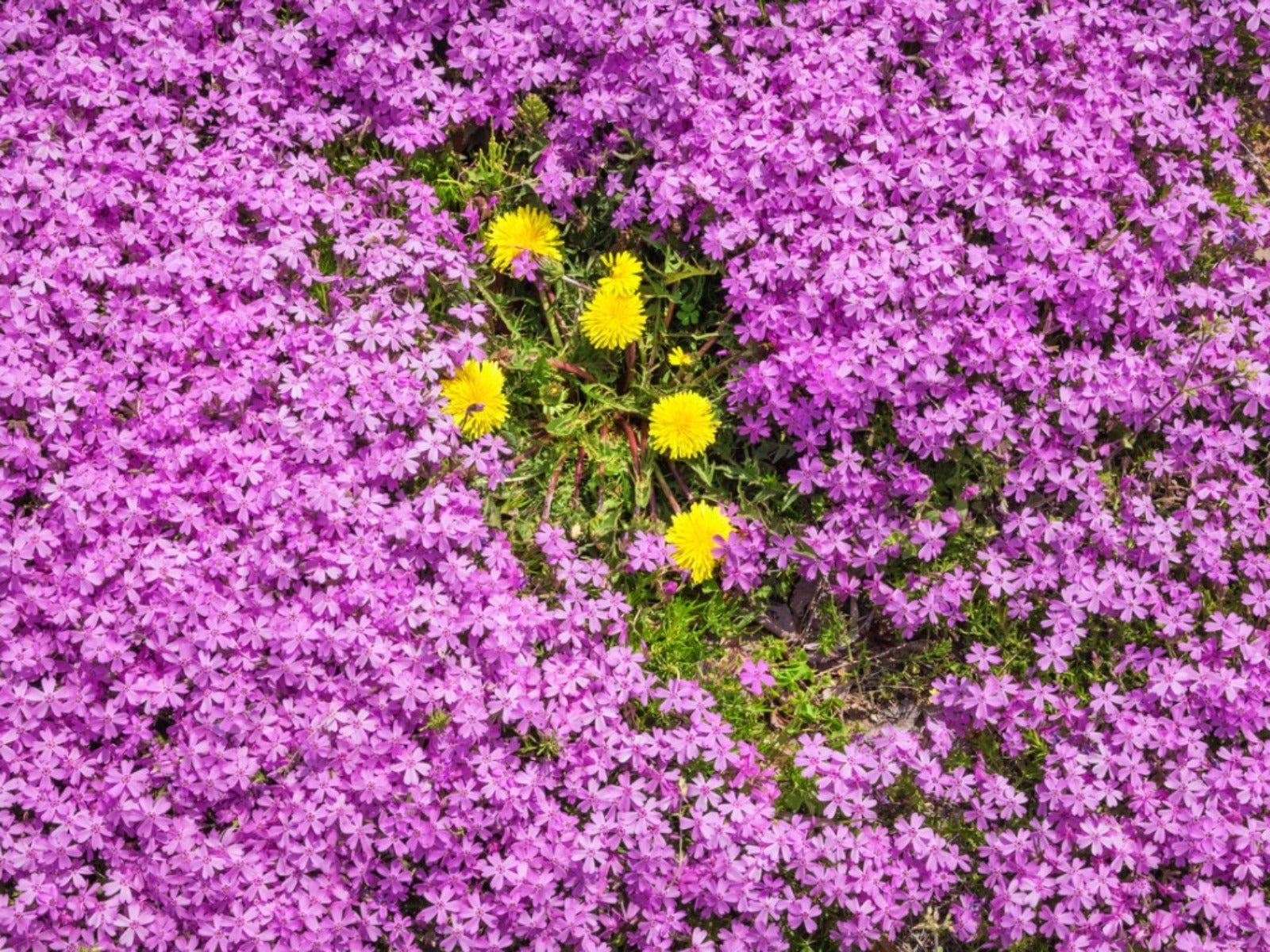 Best Groundcover Plants To Prevent Weeds
Best Groundcover Plants To Prevent WeedsClick here to find out the best types of groundcovers to prevent and choke out weeds.
By Susan Albert
-
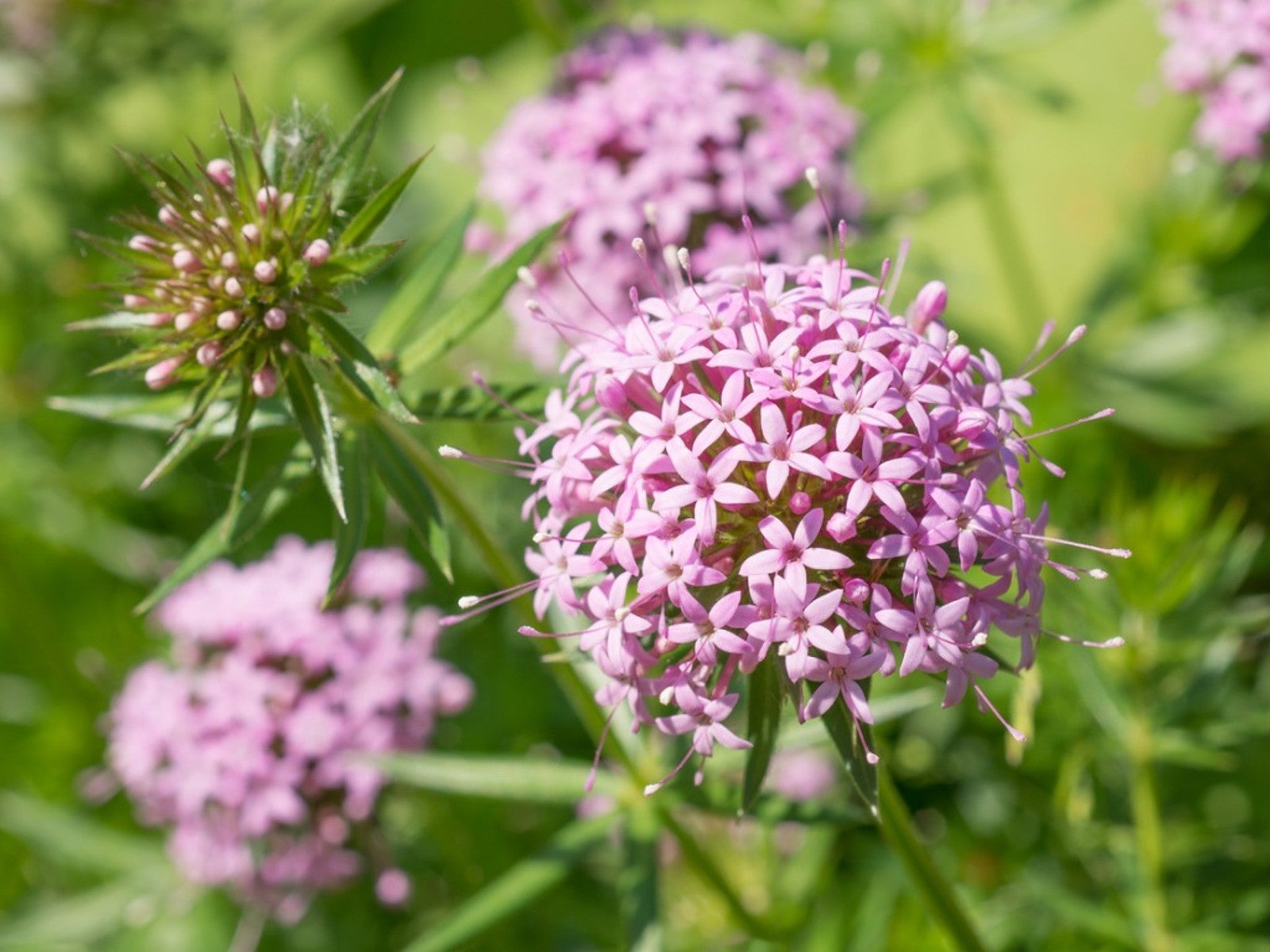 How To Grow Phuopsis Stylosa
How To Grow Phuopsis StylosaCreeping crosswort is a beautiful flowering groundcover, but it can have its issues, too. Click to learn more about this plant.
By Tonya Barnett
-
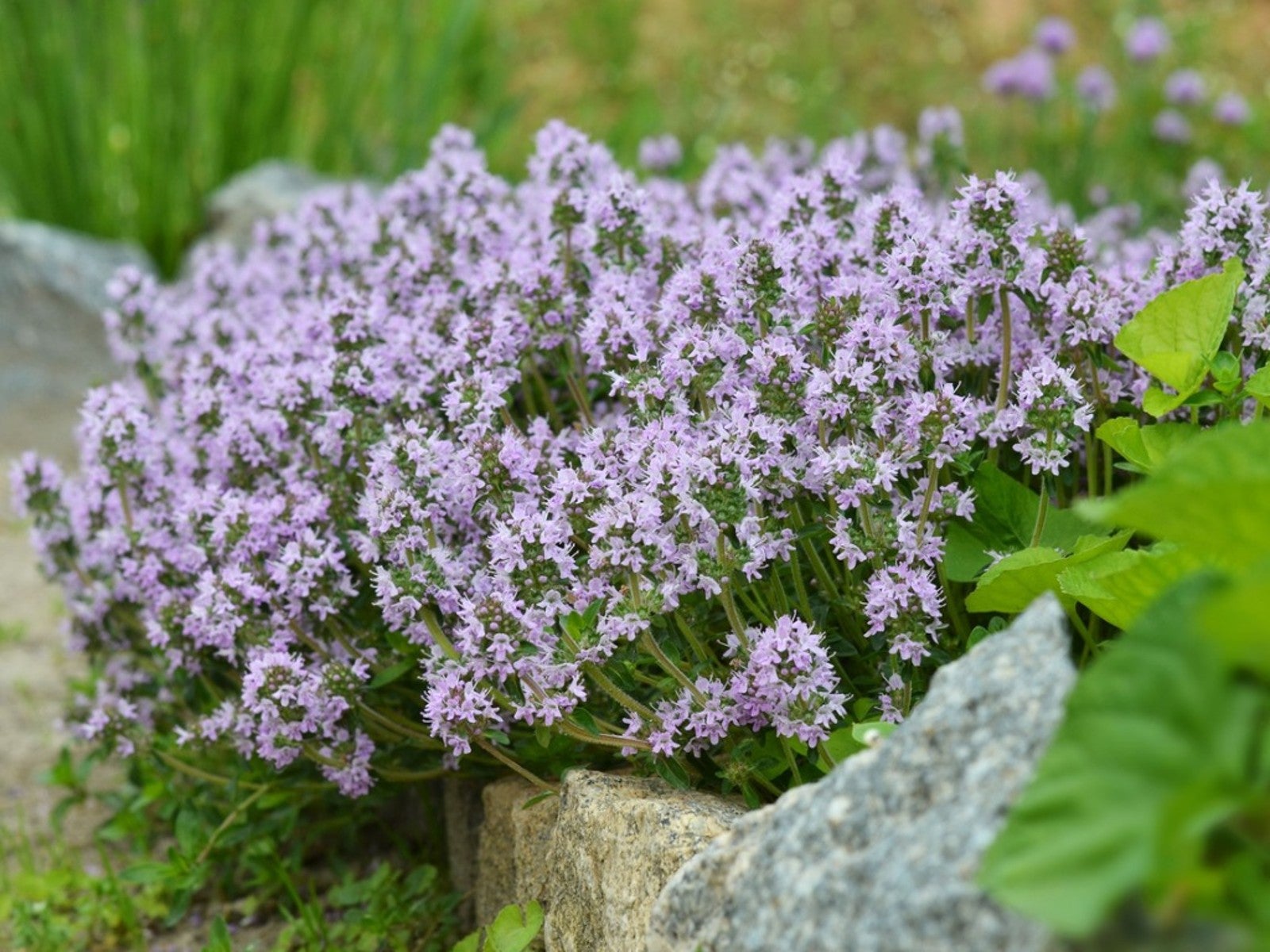 5 Fragrant Groundcover Plants
5 Fragrant Groundcover PlantsAdding fragrant groundcover plants to a special nook in the garden or a walkway can add a punch of “wow” when passersby catch the aroma. Click for more.
By Susan Albert
-
 Part Sun And Shade Ground Cover For Every Garden
Part Sun And Shade Ground Cover For Every GardenGroundcovers in your bed or border offer a finished appearance. Read on for groundcovers for part sun and shade conditions.
By Becca Badgett
-
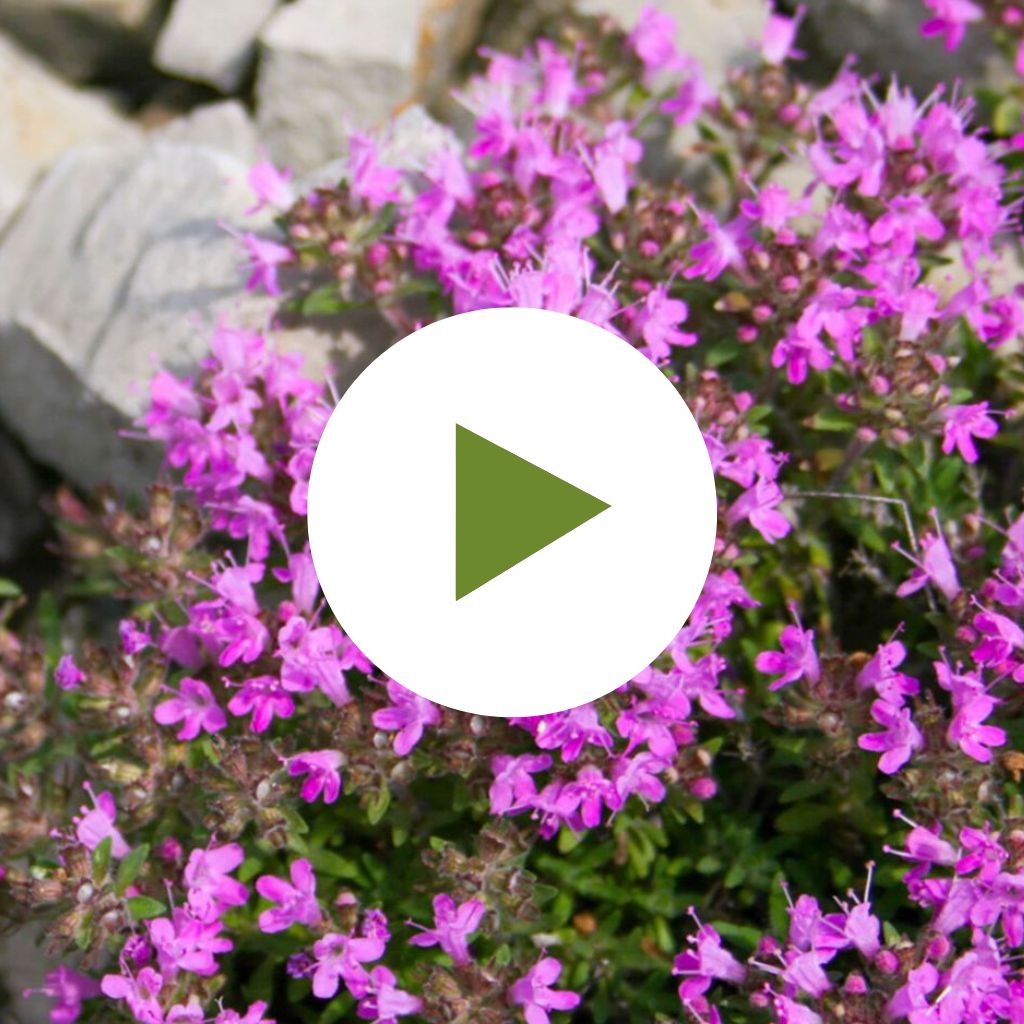 Top 10 Flowering Ground Covers
Top 10 Flowering Ground CoversExplore this short list of 10 of our favorite flowering ground covers suitable for different climates and garden styles.
By Amy Draiss
-
 Groundcover For Foot Traffic: Choosing Groundcover That’s Walkable
Groundcover For Foot Traffic: Choosing Groundcover That’s WalkableWalkable groundcovers serve many purposes in the landscape, but it’s important to choose carefully. The plants must have the ability to bounce back relatively quick. For a few examples of attractive and durable groundcovers for foot traffic, click here.
By Mary H. Dyer
-
 Creeping Succulent Plants – Do Succulents Make Good Groundcover
Creeping Succulent Plants – Do Succulents Make Good GroundcoverIf you are new to gardening but may want to give it a try, growing succulents is a good way to start. In the landscape, succulent plants that spread create a carpet of texture combined with low maintenance ease. To learn how to plant succulent ground covers, click here.
By Bonnie L. Grant